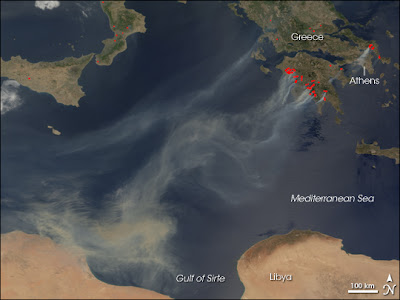Audubon's unprecedented analysis of forty years of citizen-science bird population data from our own Christmas Bird Count plus the Breeding Bird Survey reveals the alarming decline of many of our most common and beloved birds.
Since 1967 the average population of the common birds in steepest decline has fallen by 68 percent; some individual species nose-dived as much as 80 percent. All 20 birds on the national Common Birds in Decline list lost at least half their populations in just four decades.
The findings point to serious problems with both local habitats and national environmental trends. Only citizen action can make a difference for the birds and the state of our future.
Which Species? Why?
The wide variety of birds affected is reason for concern. Populations of meadowlarks and other farmland birds are diving because of suburban sprawl, industrial development, and the intensification of farming over the past 50 years.
Greater Scaup and other tundra-breeding birds are succumbing to dramatic changes to their breeding habitat as the permafrost melts earlier and more temperate predators move north in a likely response to global warming. Boreal forest birds like the Boreal Chickadee face deforestation from increased insect outbreaks and fire, as well as excessive logging, drilling, and mining.
The one distinction these common species share is the potential to become uncommon unless we all take action to protect them and their habitat.BIrds on
the list from my area of the country:
#1 Northern Bobwhite a chubby, robin-sized bird that runs along the ground in groups and is found in grasslands mixed with shrubs or widely spaced trees throughout much of the Eastern United States.
#6 Eastern Meadowlark: a robin-sized bird with a light brown back and brilliant yellow breast with a big, black "V", found in grasslands and open savannas in eastern Canada south through the eastern United States.
#9 Field Sparrow: a small brown songbird with a light rusty cap and a bright pink bill found in abandoned fields with scattered shrubs and trees in the United States east of the Rocky Mountains and Canada.
#10 Grasshopper Sparrow: a fairly nondescript, small brown bird with a short tail and a flat head often found hiding in larger patches of grassland, usually with few shrubs or trees, in the United States east of the Rocky Mountains and adjacent portions of southern Canada.
#14 Common Grackle: a dark bird longer than most blackbirds, slimmer than most crows, and very iridescent with long center-creased tail, found in a variety of open habitats with trees, including urban areas, parks, riparian areas, and a variety of woody wetlands in the United States and Canada.
#17 Whip-poor-will: a bird only active at night with mottled brown plumage, found in dry, open woodlands with little underbrush in most of the eastern United States, and parts of southeastern and south-central Canada, southwestern United States, Mexico, and into northern Central America.
#18 Horned Lark: a small grayish brown bird with dramatic black, yellow, and white facial and breast pattern, and small, feathered “horns” on its head, found in open, barren habitats in Canada, the United States (including Alaska), and northern Mexico outside of heavily forested areas.
What You Can Do:
Protect Local Habitat
Promote Sound Agricultural Policy
Support Sustainable Forests
Protect Wetlands
Fight Global Warming
Combat Invasive Species










